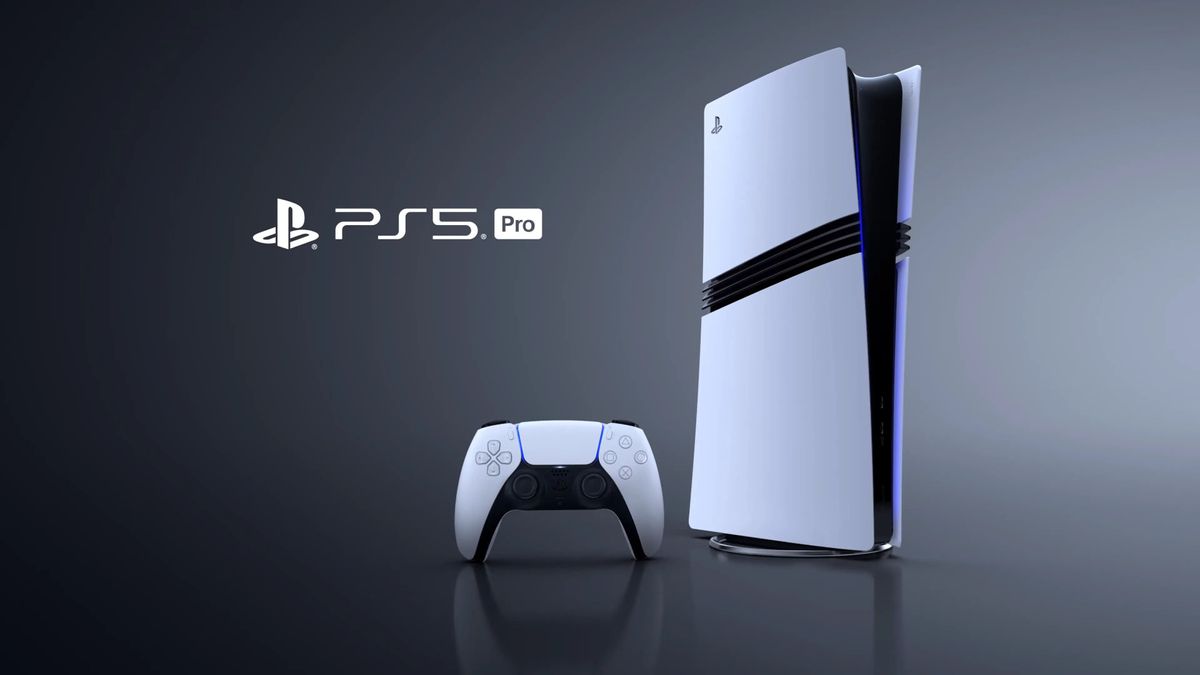From a PC gaming perspective, easily the most interesting aspect of the new Sony PS5 Pro console is its ray-tracing hardware and performance. For a long time it’s been rumoured that the PS5 Pro may share its RT hardware with AMD’s upcoming RDNA 4 GPU architecture.
Now it’s been confirmed by Sony’s PlayStation head honcho, Mark Cerny, that not only does the PS5 Pro leverage RT hardware from AMD’s roadmap that isn’t currently in any available GPU, it was Sony that “motivated” AMD to come up with it.
At least, this is what Cerny claims. Speaking to CNET (via Overclock3D), Cerny says the “PS5 Pro uses the new advanced [ray tracing] feature sets that AMD created as the next step in their roadmap architecture. But if you look around, there are no other AMD GPUs that use it yet. We motivated the development, and I’m very happy we did so…the response from the developers has been extraordinarily great.”
Of course, AMD will certainly have had new RT hardware in its roadmap, so we’re a little sceptical of the idea that it only happened because Sony pushed AMD as opposed to Sony plucking that IP from AMD’s roadmap and asking for it to be stuck into the PS5 Pro’s updated APU.
That debate aside, the really interesting aspect of all this is what it says about the ray-tracing performance of AMD’s upcoming RDNA 4 GPUs. For starters, Sony says the new PS5 Pro has 2-3x the RT performance of the PS5. That sounds impressive at face value, but hold on.
The PS5 Pro has 1.67x the graphics compute units of the PS5. So, that alone would give you a 1.67x bump in raw RT performance. Meanwhile, AMD claimed a 1.5x RT improvement going from RDNA 2, as used by the PS5, to RDNA 3.
So, were the PS5 Pro to merely use the same RDNA 3 RT hardware as AMD’s existing Radeon RX 7000 GPUs, then the calculation would be 1.67 x 1.5 = 2.5. In other words, merely using RDNA 3-style RT hardware along with the added functional units in the PS5 Pro gets you, on paper, to a figure that’s slap bang in the middle of the RT performance boost range claimed by Sony for the PS5 Pro.
Anyway, if you want to put a slightly pessimistic spin on all this, you could easily conclude that AMD’s next-gen RT hardware isn’t looking hugely exciting going by Sony’s numbers.
It also squares with what existing rumours around the PS5 Pro’s RT implementation. In other words, that it still doesn’t have as complete an RT hardware acceleration feature set as either Nvidia or Intel provides in their GPUs. So, you wouldn’t expect RT performance in the PS5 Pro to be on par with Nvidia.
And that in turn implies that when AMD’s RDNA 4 GPUs arrive early next year, they probably won’t close the ray-tracing gap to Nvidia at any given point in the market at which they are competing. Which is disappointing if true, given that RDNA 4 will be AMD’s third-generation of GPUs with RT support.










